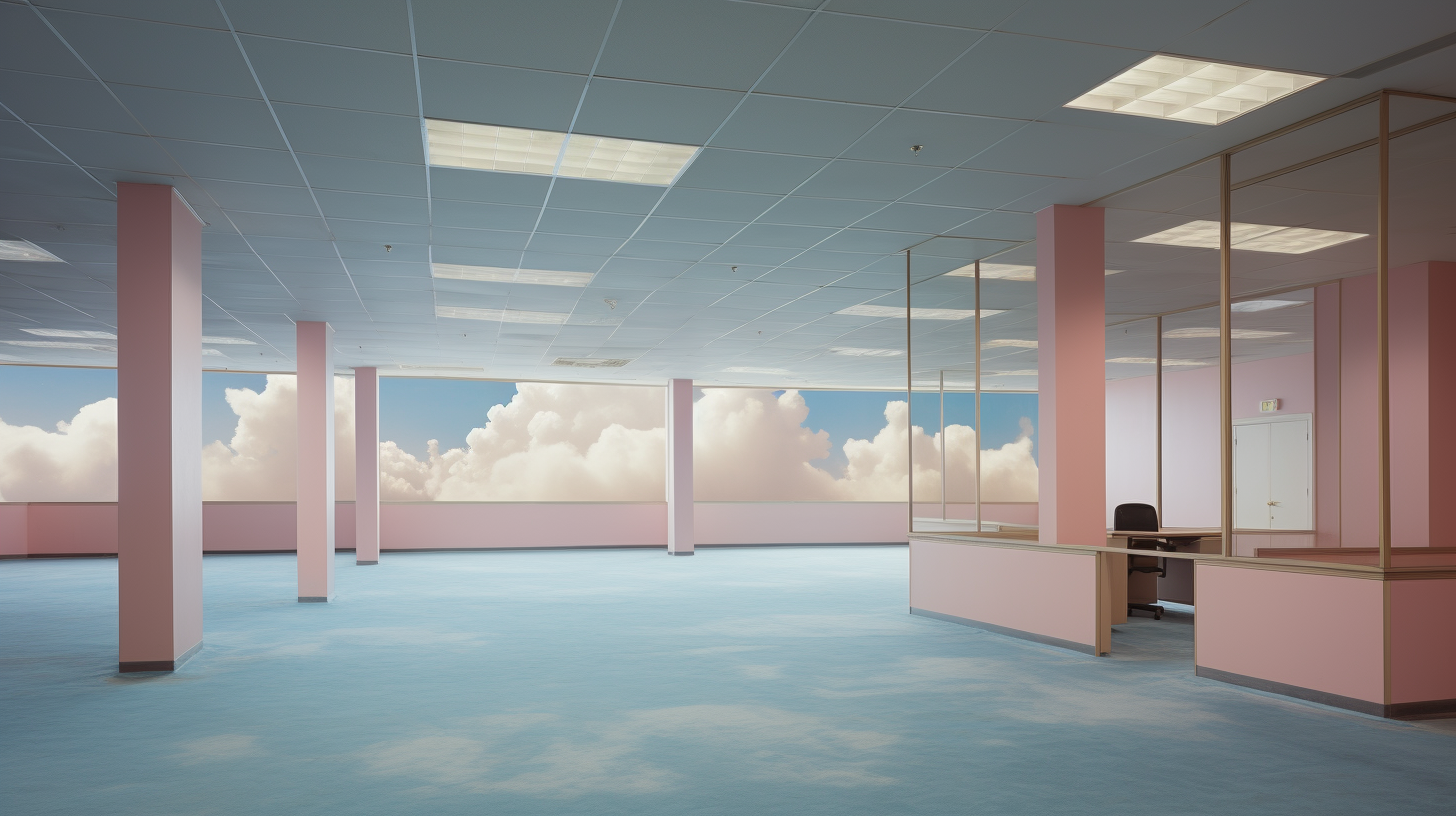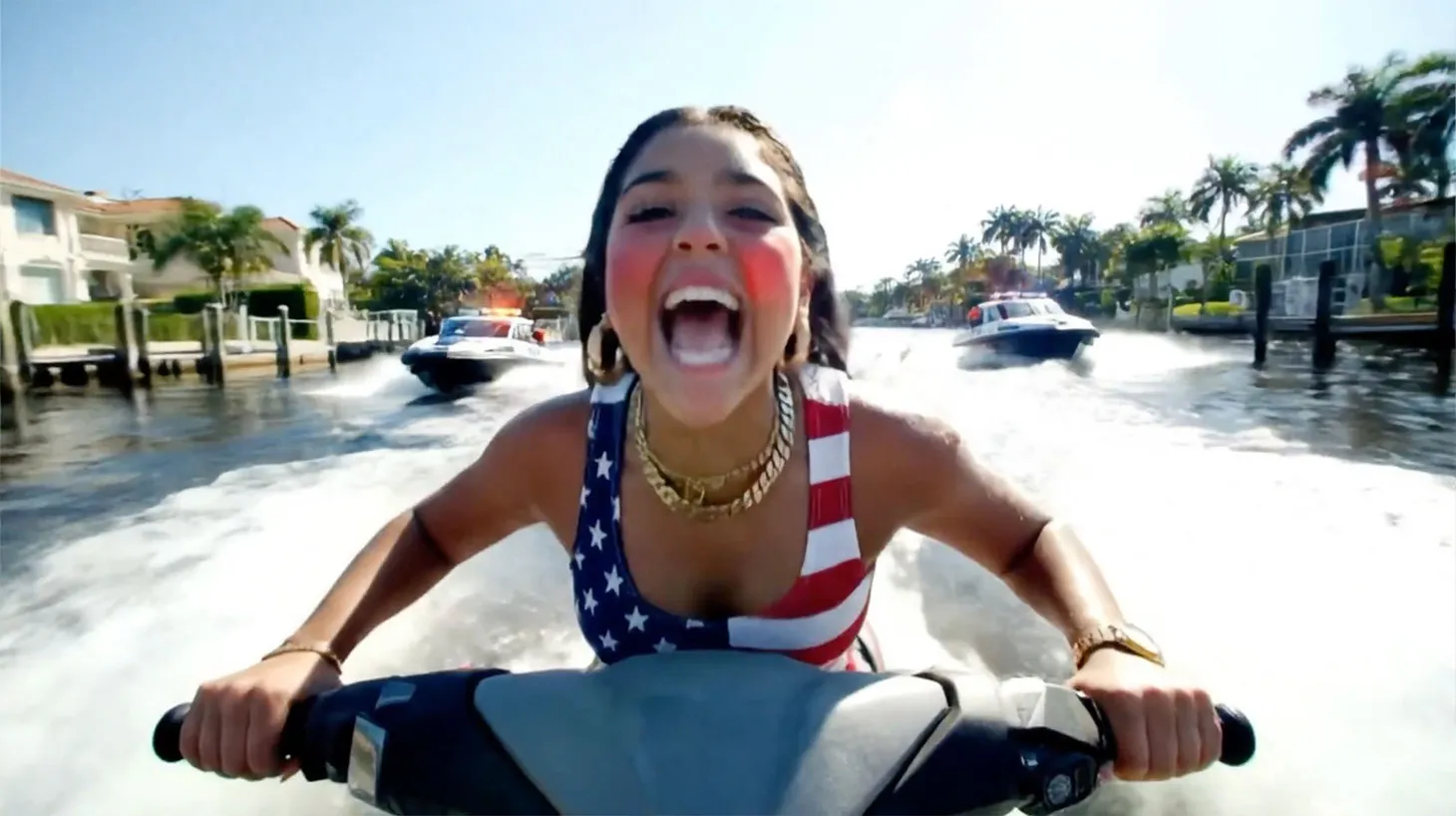An Office Is Not The Office
A recent announcement from Zoom gives hope to the pro-office crowd. But reading beyond the headlines shows we're never going back to the old normal.


🎧 The audio version of this article is available on Spotify, Apple Podcasts, and beyond.
The office crisis is over. Didn't you hear? A new report from Business Insider proclaims, "Remote Work is Dead: Zoom Tells Employees to Return to the Office." Phew. Finally, we can stop worrying about all those lazy people who can't be bothered to show up. The office won! Yay!
Oh, wait.
That's not what the story says. So what is actually going on? And what can we learn from it about the real future of work?
Zoom announced that "employees that live near an office need to be on-site two days a week to interact with their teams." Specifically, it mentioned "50 miles" as the relevant distance from an office.
This is not the death of remote work. This is formal confirmation that the office is dead — not an office, but the office.
Let's break it down. Zoom is telling people who live near an office to come in for two days. In practice, that means that two days will be the maximum requirement. But we'll leave that aside. More importantly, many Zoom employees don't live near an office and Zoom has many offices.
Zoom has twelve "global offices." In addition, it employs people in Argentina, Australia, Austria, Belgium, Brazil, Canada, China, Denmark, Finland, France, Germany, Greece, Hong Kong, India, Indonesia, Ireland, Israel, Italy, Japan, Mexico, Netherlands, New Zealand, Norway, Poland, Saudi Arabia, Singapore, South Africa, South Korea, Spain, Sweden, Switzerland, Turkey, UAE, UK, and the US. And that's just based on the formal employment benefits published on its website; in reality, it might be employing people in even more locations.
Why is this meaningful? Because the whole argument of the back-to-office puritans is that you cannot innovate or build culture "remotely." But in reality, this battle has already been lost. Having people collaborate across multiple locations is now the norm. Whether these locations are offices, homes, or coffee shops is a sideshow. Work is becoming distributed. Even if demand for office space will return to its pre-Covid level (and it won't), the demand will be for space in many new locations. As I wrote in 2020:
Most office activity will not move to homes or to the cloud. Instead, it is likely to be redistributed within and between cities, with a variety of new employment areas popping up and saving many people the trouble of simultaneous commuting to a central business district.
At the moment, there is a significant mismatch between office demand and supply. Many people would love to have access to an office near home. And not just people; many companies would love such access as well. But such space is not available or is too expensive. Meanwhile, the office space that is available is in the places where people used to commute to but no longer wish to.
As I wrote in The Office Won't Budge, this is like a Monopoly game that went off the rails:
The landlords still have a monopoly. But demand is growing outside of the monopoly board. And since buildings can't move, those who own them are at a disadvantage. I call this the Poleg Paradox: A situation in which higher demand is bad news for incumbents. It can be observed when one party to the zero-sum game can suddenly play by different rules.
This is not to say that everyone should build offices in the suburbs. The current cost of land, construction, and financing makes most new development a daunting task. And nailing the correct size, layout, and operating model for work-from-near-home solutions would require some costly experimentation.
The mismatch between office supply and demand will likely continue for a long while. But no, remote work isn't dead. It's just getting started, and its impact on the shape of our cities and suburbs is only beginning to unfold.
As for Zoom, last year, an internal survey of company employees showed "just 1% preferred to work full-time in an office, with over half leaning toward flexible, hybrid work". And even now, more than 40% of the open positions listed on its website are remote. It'll be a long and hopeless battle to bring everyone back to the office, and it's clear the company is not even trying to do so. Whether they like it or not, most Zoom employees will continue to see each other mainly on Zoom.
I research technology's impact on how humans live, work, and invest.
💡Book a keynote presentation for your next offsite, event, or board meeting.
🚀 Sign up for the upcoming cohort of my Practical AI Course to master the latest tools for financial analysis, marketing, and business automation.
🔑 Become a Premium Subscriber to unlock subscriber-only content, online meetups, and more.
❤️ Share this email with a friend or colleague
Best,

Dror Poleg Newsletter
Join the newsletter to receive the latest updates in your inbox.




